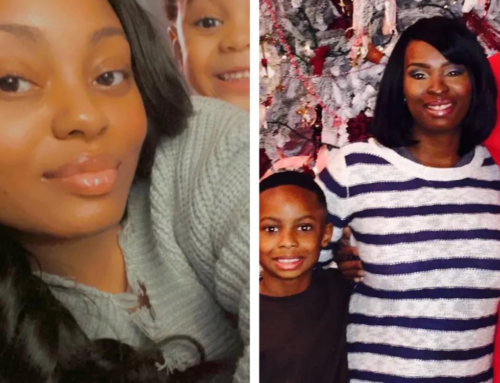Tony Gosgnach
The Interim
 He survived not just one, but two, major threats to his life even before he was born. Partially in response to his life being spared, Tom Kelly in later years has gone about working to secure for all people the right to life he has been able to enjoy. That has included a stint as the president of the right to life organization in Hamilton.
He survived not just one, but two, major threats to his life even before he was born. Partially in response to his life being spared, Tom Kelly in later years has gone about working to secure for all people the right to life he has been able to enjoy. That has included a stint as the president of the right to life organization in Hamilton.
It was with the start of World War II that Kelly’s challenges began, even before he was conceived. The southwest England town of Plymouth, where his family lived, was already in 1939 a prime target of bombing raids by German warplanes, which were seeking to not only destroy the enemy, but also demoralize the population through attacks on major cities.
Especially during the five nights of the Plymouth Blitz in 1941 – just before Kelly was born in April 1942 – the city suffered tremendous damage. The entire city centre was obliterated, save for a church, the Guildhall, a cinema and the offices of the Western Morning News Company.
But the story actually starts even before that. Kelly’s mother, Doris, was a native of the Falkland Islands, a United Kingdom Overseas Territory in the Atlantic Ocean just off the South American coast. Inadequacies in the diet and the harsh climate of the islands, dominated by cloudy weather with little sunlight, meant that the population suffered from a deficiency of Vitamin D.
For Doris, that led to the onset of the disease rickets, a childhood disorder involving softening and weakening of the bones, primarily caused by a lack of vitamin D, calcium and/or phosphate.
Later moving to England and marrying, Doris had a difficult time delivering her first child because of rickets. A little girl was born, but unfortunately died within two days.
In 1940, Doris became pregnant again and gave birth to another girl after a caesarian section procedure, which involved a particularly large incision because of her disease. Doctors then told her not to have any more children.
However, Doris conceived again and when doctors learned the news, they said it would be dangerous to deliver a child. So, despite laws against it, they made preparations for an abortion – which would be classified as a “spontaneous miscarriage” on the medical certificate for legal purposes.
Because of her Catholic faith, Doris was very troubled by the doctors’ advice. She went to a nearby convent and prayed with a nun in the chapel there. As a result, Doris decided to go through with the pregnancy, regardless of the dangers.
When Doris went in to a medical facility months later to give birth, the head nurse was startled. “You were supposed to come in weeks ago for an abortion,” the nurse said.
“No,” replied Doris. “I’ve decided against that.”
Fortunately, the birth process went very well, with another caesarian section performed, and both mother and baby did fine. (The operation went so well, in fact, Doris’s case was used as an example, for medical students to use, of a particularly good work of surgery.)
Although Doris and Tom defied an early, abortion-fuelled culture of death, there was still the matter of a world war to worry about. Tom recalls from his mother’s accounts the terror she felt anytime an airplane passed overhead and the mad rushes to the air raid shelters that took place.
The family and some relatives were later moved somewhat out of harm’s way to farm country around the town of Cornwall. But that, in turn, brought on a period of austerity and rationing that persisted even after the war ended, into the 1950s.
“Life was tough,” recalls Tom. “I never went to bed hungry, but I remember having some pretty meagre meals because of the rationing. So I continue to share some solidarity with kids who are poor.”
Tom’s escape from the clutches of abortion and war has motivated his current position of being both pro-life and anti-war. “I don’t see any difference between them because of my personal experience,” he says.
Still, it took a lot of emotion to work through before he could go about working tangibly for the pro-life cause. After moving to Canada, he became active in participating in LifeChains, fundraising walkathons and the like. But heightened involvement began in 1994, when a layoff from his job of the time gave him some freedom to explore more intense pro-life work.
He attended a provincial pro-life conference and went on to serve on the board of directors of Halton Pro-Life in Burlington, Ont. in subsequent years. After he moved to Hamilton, he became president for two years, ending in February 2004.
Today, with wife Mary, who is also active in pro-life work, three daughters and a son, he continues his involvement, performing such tasks as the production of Hamilton Right to Life’s newsletter. He sees his work, and that of others, as beginning to pay dividends through an increased pro-life ethic. “I see the tide beginning to turn,” he says.
As for his mother, who lived to age 90, he puts her on a level with Blessed Gianna Beretta Molla, the Italian woman who, in 1962, defied doctors urging her to undergo an abortion, and gave up her life so that her fourth child could be born.




